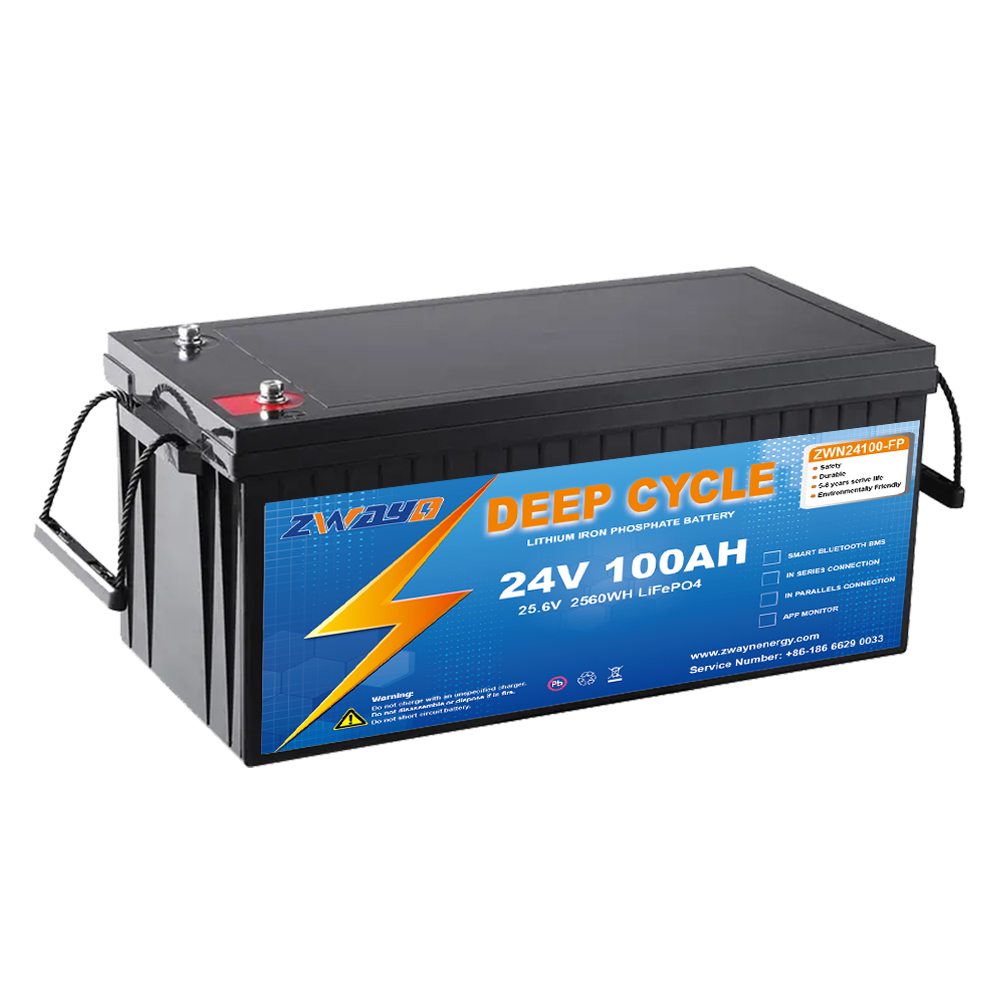Released on Apr. 22, 2022
Lipo batteries are short for Lithium Polymer Batteries and are commonly used in many different types of consumer electronics. As more and more LiPo batteries are used in the radio-controlled industry, they are becoming more and more popular. Due to their long runtime and high power, these batteries are one of the most popular choices for consumers.
So, in this guide, we're going to cover the rules of care for lipo batteries. From battery instructables to safety and repair, we'll cover everything about Li-polymer batteries in detail.
Lipo battery description:
When you buy a lipo battery, you must have seen some numbers and letters on the packaging. But do you understand what these numbers mean? Let's break down the numbers so that the next time you buy a LiPo battery, you'll know the exact specs. For example, we will use a battery with the following numbers on it:
50C
5000ml
3C charging standard
2S 7.4V
Voltage/Number of Cells: The voltage given by V in the LIPO battery pack is the nominal voltage. This is the default resting voltage of the battery pack. The ideal voltage is 3.7V, if you see the number 7.4V that means the voltage is doubled due to the number of batteries. The number of batteries is also provided on the packaging. The number 2 before the voltage indicates the number of cells used in the battery pack, and the letter S indicates the series connection. Therefore, the voltage specification becomes 2 units in series for a total rated voltage of 7.4V.
Capacity: The capacity of a battery pack tells us how much power the battery pack can hold. The unit is milliamp hour, which is mAh. So when you see the unit after the number, you can identify the capacity of the battery pack. Here, in the specifications above, 5000mAh is the capacity of the battery.
Discharge Rating: The C rating given to a battery is a measure of how quickly the battery can be safely discharged without causing any serious damage. The given number 50C is the rated discharge calculated by a simple formula. Multiplying the number 50 by the capacity in amps will give you a C rating.
Mysterious number - internal resistance: This is also one of the main factors that affect the operation of lipo batteries. Internal resistance is always present in a system and it changes over time. To measure internal resistance, you need a very expensive tool. So unless you need to calculate IR, you don't need to buy equipment to measure resistance.

Safety regulations of "LIPO Battery Care Regulations":
Now, when it comes to safety rules for lipo batteries, we have to focus on many little things. Every day, we hear a lot of rumors about Lipo batteries. In the absence of real information, we are giving you detailed information on things you need to consider and avoid.
Whether you're storing them the wrong way, or using the wrong voltage cutoff, take a look at the safety rules below so you can use your LiPo batteries safely:
Store the battery in a fireproof container.
Use the original charger and check the specifications of the charger.
Always follow the charging and discharging instructions given by the manufacturer.
Choose the size of the package according to the intended use.
Never overcharge or overdischarge LiPo batteries.
Avoid fluffy battery packs or packs with visible damage such as dents, cracks, etc.
Avoid using backpacks that are left unattended for long periods of time.
Try not to disassemble or reconfigure a damaged battery pack yourself.
When you ignore these guidelines, it often leads to problems of one kind or another. So, before you do anything unusual with the battery, read the manual to make sure your safety isn't compromised.
Repair rules for Lipoo battery care:
People know how to use batteries, but they never try to learn what to do when the battery needs repair. The discharge voltage of the LIPO battery must not be lower than 3V/cell, otherwise, the battery pack will be permanently damaged. But this is a frequent occurrence. Whether it's a robot or a remote control, a mobile device or a laptop, they can all be inappropriately discharged, which has a huge impact on LiPo batteries.
But just because a battery is temporarily damaged doesn't mean you've thrown it in the trash. The term rework simply means that you will be able to restore the battery to a state that is safe to use. To readjust, you need to perform the following steps:
You need a smart charger to charge. So get a LiPo charger that can easily manage multiple battery packs.
Make sure the battery is not left unattended. Constantly monitor the battery and touch to check if the battery is overheating.
Start the charging process and choose the lowest possible setting for the charger.
Once the battery reaches 3.0 to 3.7V/cell, you can now increase the charge rate until you reach the ideal voltage rating of 3.7V/cell.
After the battery is charged, unplug it from the charger.
Now you can safely use the LiPo batteries in your device. However, it is recommended that you regularly check the battery condition to make sure it is working properly. If the battery is discharged to the point where the damage is permanently repaired, it will be nearly impossible to recharge it. Fortunately, you can find many options when it comes to lipo battery repair. So don't let your battery get to the point where it can no longer be used. Follow the safety guidelines carefully as it prolongs the life of the battery and protects you from the potential dangers of the battery.
Navigation
Mob: +86 186 6629 0033
Tel: +86 0769 85544410
Fax: +86 0769 85544410
E-mail: info05@zwaynenergy.com
WhatsApp: +86 137 1409 6556
Wechat: +86 186 6629 0033
Office: 16th Floor, Yunhua building, shajing Town, Shenzhen, PRC
Add: Room 101, Building 1, No. 18 Hu Nan Road, Changping Town, Dongguan City, Guangdong Province
Follow Us